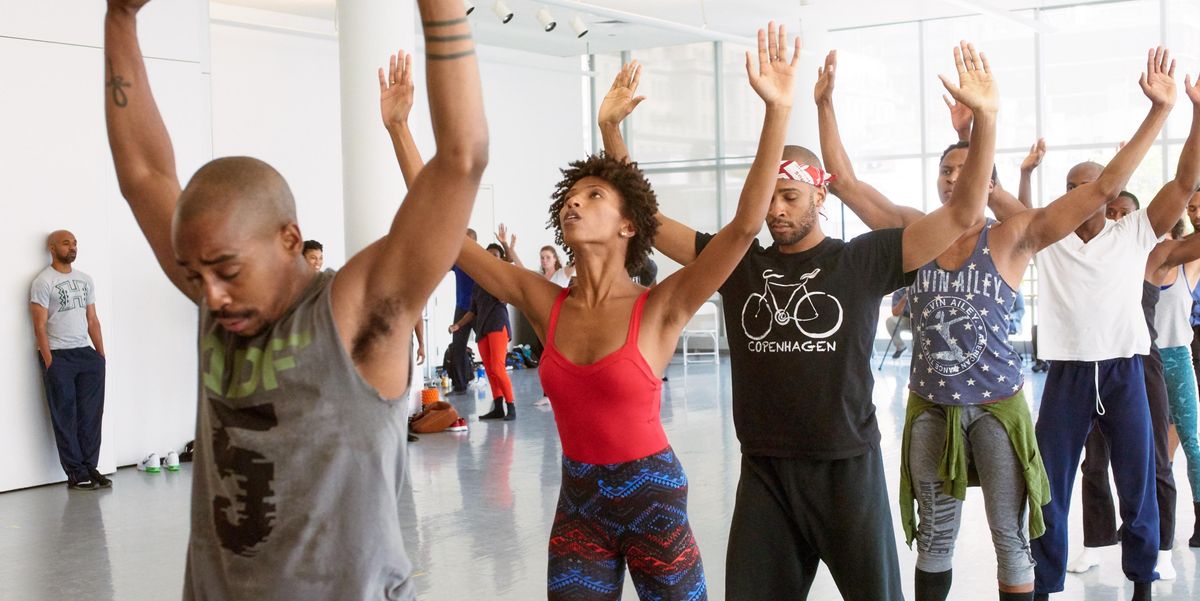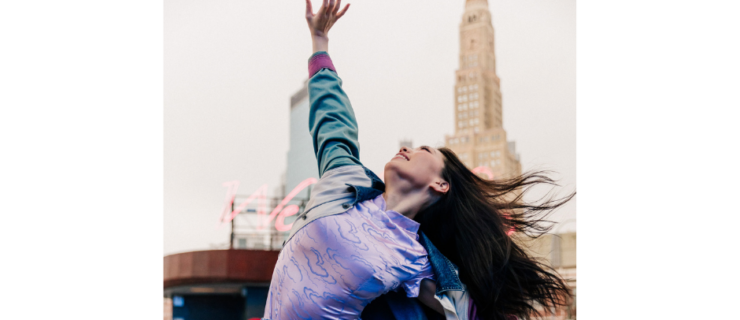Dance in the Age of Black Lives Matter
Dance performances often encourage audiences to escape reality. But on July 7, dance forced the audience at the Jacob’s Pillow Dance Festival to face it. During a performance of And Still You Must Swing, tap dancers Dormeshia Sumbry-Edwards and Derick K. Grant stopped mid-show, near tears, and acknowledged the killings of Alton Sterling and Philando Castile. In the previous 72 hours, Sterling and Castile had become the latest in a string of black men killed by police officers. At a candid post-performance conversation, fellow dancer Jason Samuels Smith told the audience, “These are our extended family members, our cousins, our uncles, our brothers, our fathers…You feel that pain.” The evening also included guest artist Camille A. Brown performing the buzzard lope, a ritual that was once danced by slaves. “It was extremely hard,” she says, but “understanding the power of movement rooted in the African-American experience made me feel proud of the history that lives in our bodies.”
Pride and pain have always been intertwined for black dancers and choreographers in America. Dance has sometimes eloquently expressed this dichotomy. It has also at times reflected the country’s indifference to ongoing racial violence and discrimination, allowing discourse to lean on the wobbly pillar of “diversity” instead. But as the Black Lives Matter movement has returned race to the center of the national debate, it has galvanized some artists of color and challenged white dance audiences to confront their discomfort with racial issues.

Renaldo Maurice rehearsing Untitled America. PC Jim Lafferty.
The visibility of Black Lives Matter paired with the echo chamber of social media and the heightened debate of an election year—particularly one that was something of a referendum on the nation’s first black president—can make this moment feel unique. In some ways it is, simply because, as Hope Boykin, a longtime dancer with Alvin Ailey American Dance Theater, explains, “We’re present in it, we feel it.” Brown adds, “The current sociopolitical climate makes this work even more relevant to audiences.”
But both Boykin and Brown quickly add that using dance to respond to racial issues is not new. “Mr. Ailey founded his company in 1958 in the middle of the Civil Rights movement, when incredible speeches were being made, while people were marching across bridges, while people were being beaten and hosed down and had food thrown at them at lunch counters,” says Boykin. Brown points to a number of her contemporaries and predecessors who have documented racism and represented the black experience over decades, including Ronald K. Brown, Nora Chipaumire, Marlies Yearby, Eleo Pomare, Jawole Willa Jo Zollar.
Whether in the past or today, addressing this contentious national issue can be a creatively daunting task. But transposing the anger, pain and sadness of the outside world onto the body, and then onto the stage, is a burden that dance has embraced. “That’s the very foundation of modern dance and this company, to address the issues of the day,” says Ailey’s artistic director Robert Battle. The company’s 2016 winter season at New York City Center illustrates its ongoing contribution to the dialogue on race. Vintage examples include the first piece Ailey made for his company, Blues Suite, a vibrant portrait of a community nearly absent from dance stages at the time, and his Masekela Langage, a 1969 work about apartheid in South Africa. Newer works include Rennie Harris’ formidable Exodus from 2015, which includes haunting images of violence in the streets, and Untitled America, by Kyle Abraham, an intimate depiction of the effects of mass incarceration on black American families. Boykin’s new work, r-Evolution, Dream, is inspired by the speeches and sermons of Dr. Martin Luther King Jr. “I named it r-Evolution with a little ‘r,’ ” she says, “because the evolution is more important than the revolt, to me.”
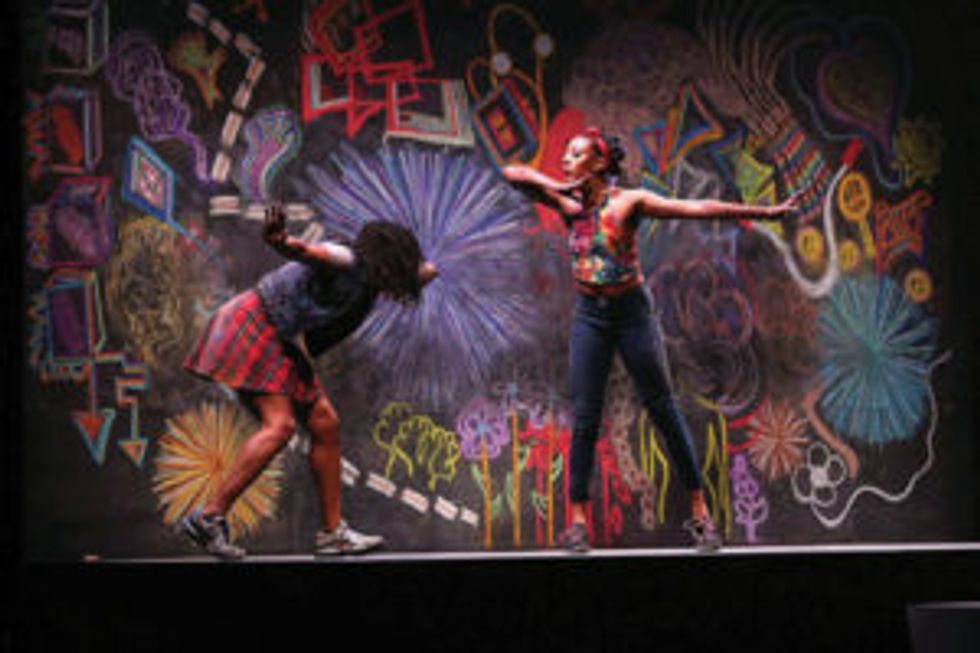
Beatrice Capote and Fana Fraser in Camille A. Brown’s BLACK GIRL: Linguistic Play. Photo by Kirk Richard Smith, Courtesy Brown.
Although Boykin’s goal is to connect with audiences, rather than alienate them, it doesn’t mean she is offering easy reassurances. She and other black artists are ready to confront audiences. “It is definitely okay for me to tell you that I’m angry, to tell you that my heart is broken, to tell you that you’ve offended me,” says Boykin of her work. Battle agrees: “That’s what we’re supposed to do as artists, is challenge systems.”
Donald Byrd, for one, has been challenging audiences for decades. In the past year, the veteran choreographer, now at the helm of Seattle’s Spectrum Dance Theater, adopted the season theme “#RACEish” that included The Minstrel Show Revisited, his provocative exploration of the history of blackface. After each show, Byrd invited audience members—mostly white, he points out—to share their thoughts and found that a common response was discomfort, which he welcomes. “If it makes you uncomfortable, you should go running toward it,” he says. The theater, he adds, is a “safe place to be uncomfortable.”
Brown has long explored the modern American black experience in her work, but the shift in national consciousness has affected the way audiences and presenters receive it. For example, she notes that with 2012’s Mr. TOL E. RAncE, an explicit indictment of racial stereotypes that coincided with Obama’s reelection, “I got pushback because some people saw America as being a post-racial society,” she says. “I was told the conversation was dated and no longer needed to be discussed.” She says that last year’s BLACK GIRL: Linguistic Play is not a political piece, but notes that people’s expectations and perceptions of black girls sometimes cause them to view it that way. Some presenters see it as a piece that their audiences need to prepare for. In fact, the work uses childhood games to explore universal coming-of-age themes. “What about seeing black girls playing do people have to get ready for and why?” she asks.
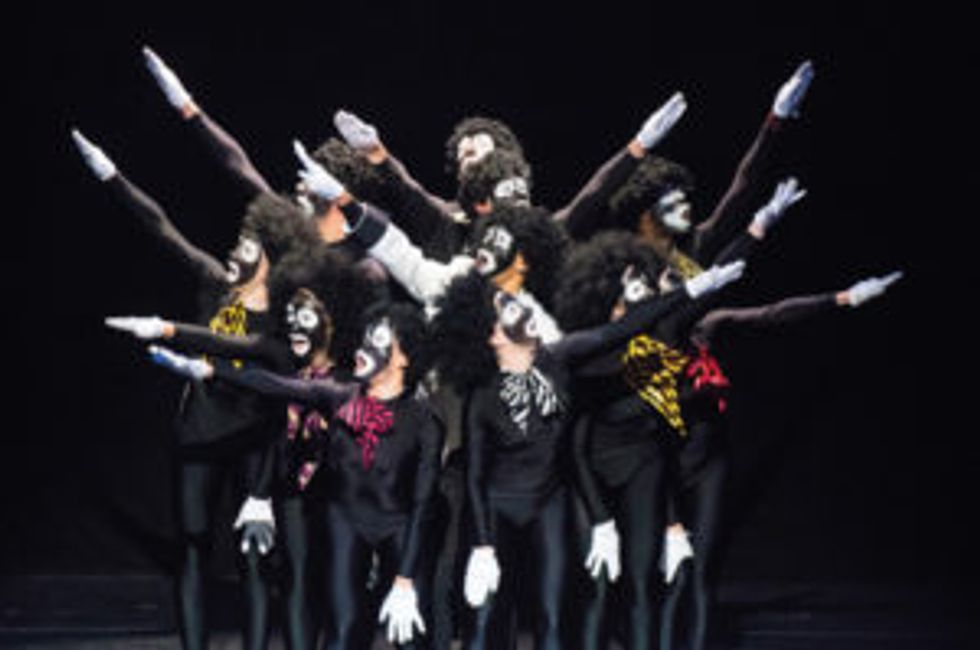
Spectrum Dance Theater in The Minstrel Show Revisited. Photo by Ian Douglas, Courtesy SDT.
Many choreographers resist the expectation that they must use their art to make a statement. Abraham laments the “slack” he’s received from some white critics for what they see as “watered down” politics in his work. He defends his freedom to create in the postmodern tradition of abstraction. “I’m not hyper-literal,” he says, which he considers one of dance’s strengths. “The abstraction of the art form can help people individualize the experience.”
Paloma McGregor, a former member of Urban Bush Women and Liz Lerman Dance Exchange, founded the initiative Dancing While Black in 2012 to bring the voices of black dance artists to the center of the artistic conversation. She points out that while art and activism may inform each other, for some artists they are separate practices. “They’re not making work necessarily about racial justice, they’re making work that honors their humanity and vision and where they come from,” she says. Even an article like this, which asks black artists to comment on politics in their work, demonstrates the inequity of expectations, since white dance artists are rarely required to explain the politics that they do or do not include in their work. When asked to comment on this contradiction, Brown simply says: “Exactly.”
In the current climate, it can be tempting to read politics into every-thing. Audiences and critics see statements where none are intended. “Unfortunately, I have encountered those who insist on labeling surface meanings of race to my works based on the appearance of my dance company,” says T. Lang, an Atlanta-based choreographer and chair of the dance department at Spelman College, a historically black college for women. Some viewers and writers can see work by black artists as protests even when the artists themselves make no such claim.
If an artist does choose to address politics, finding the right tone can be challenging. Byrd detects the need for “uplift” from dance audiences, and a desire to “see that there’s hope.” He wonders whether that hinders some artists from addressing race in more direct ways. “I think artists are conflicted because the public wants a safe delivery system, an easy delivery system,” he says.
During the post-performance discussion of And Still You Must Swing this summer, Jason Samuels Smith pointed to another facet of that conflict. White audiences “love the dance moves,” he said, “but they don’t want to connect with the people and the communities who are creating these dance moves.” In other words, we can’t cheer a tap performance and ignore the systemic racism in America that shaped the daily experiences of the form’s founders and continues to affect many of its practitioners. “If you love the dance, love the people,” Smith said. “You can’t separate us.”
Brian Schaefer writes on dance for
The New York Times, among other publications.
Is This a Protest Dance?
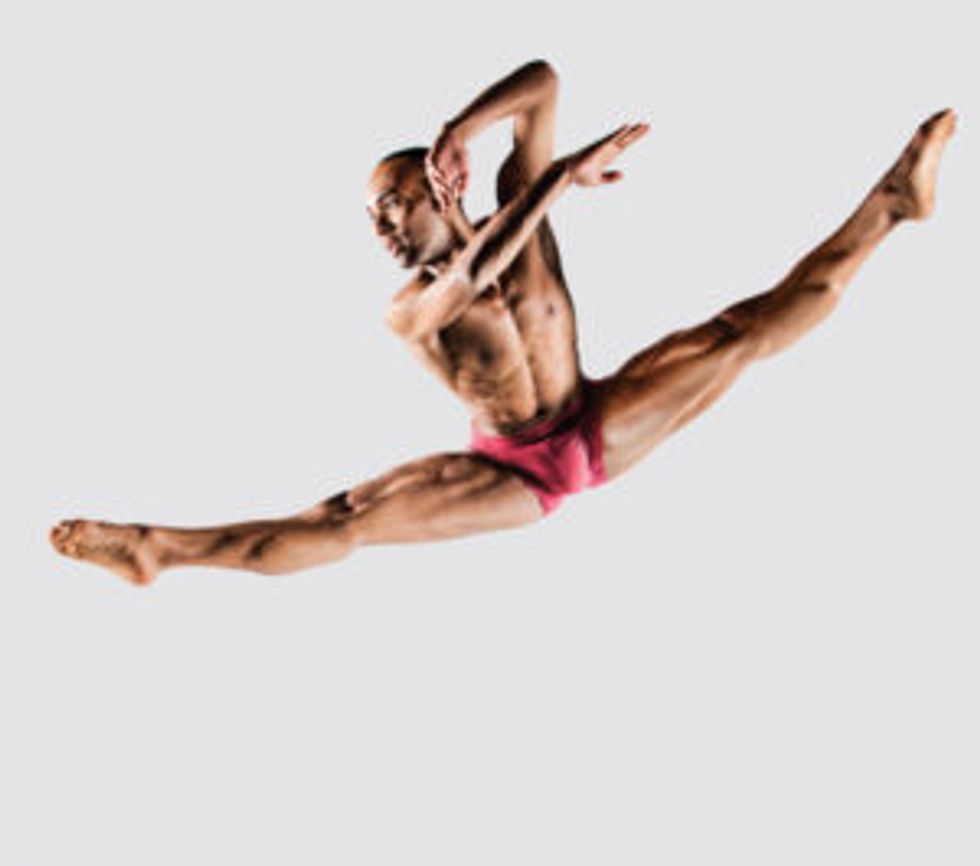
Sean Aaron Carmon. Photo by Richard Calmes, Courtesy AAADT.
In July, following fatal shootings in Minnesota, Louisiana and Texas, Ailey dancer Sean Aaron Carmon noticed the tension and despair among members of the Ailey company as they gathered in small groups before a performance of Rennie Harris’ emotionally raw Exodus. Carmon sensed the need for an outlet, so he invited them to dance their feelings in a one-minute piece he choreographed to Beyoncé’s “Freedom.” He filmed and posted it on the company’s Instagram account (which he runs). The post went viral, and attracted the attention of The New York Times, which dubbed it a “protest dance,” a label that Carmon takes issue with.
“I never said it was a protest dance,” he says. His intention was simply to offer a space for release. “If you need to let it out, if you need to dance, if you need to not talk—just do what we do best, get it all out in the studio and then take your fresh self to the stage. Let’s do it now,” he recalls telling the dancers. In other words, the video, while it may look like a statement from the outside, was intended as a moment of collective processing.
Carmon gave the Ailey dancers choreography that he’d taught at various studios in Houston, Texas, including to some young, white, affluent students in the suburbs. Dance became a conduit to discussing the country’s racial history and contemporary reality with them, and their parents, who were invited into the room. “I’m telling them, ‘You have a teacher who dances for a company that was founded because of things like this. Because I couldn’t have had a place to dance before 1958…You have to understand that things haven’t changed as much as you think they have, as much as you’re being led to believe they have.’ ”
Carmon was encouraged by the positive response to the video, and hopes to further develop the work. He says of the racial issues involved, “I’m not done with it, America’s not done with it, I don’t think the world is done with it. And I know that the Ailey dancers aren’t done with it, either.” —BS
For a timeline of dance works that address racial injustice, get the December issue of Dance Magazine.
